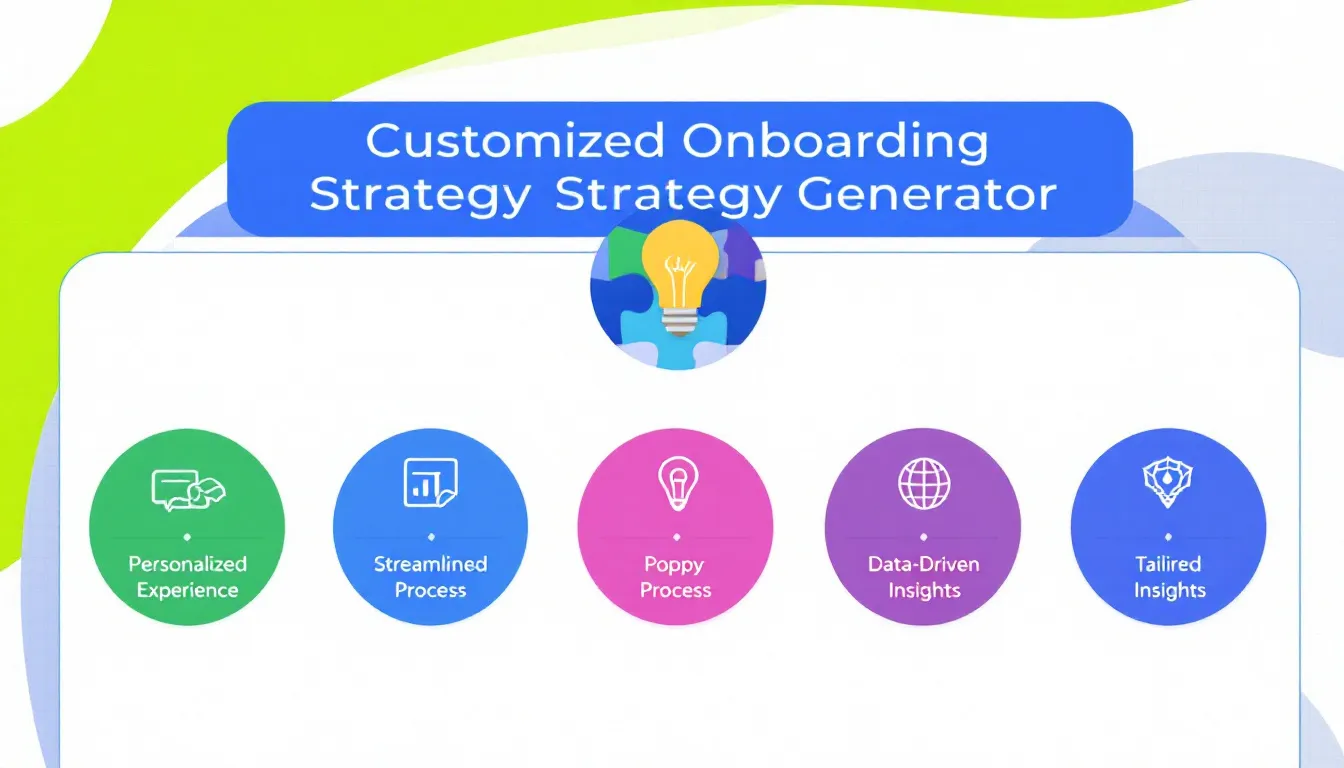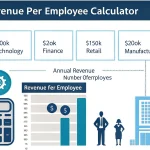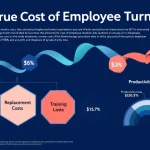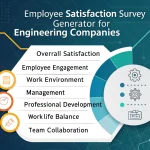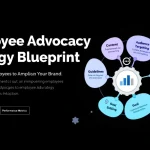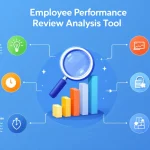Is this tool helpful?
How to Use the Onboarding Strategy Generator Effectively
You can quickly create customized onboarding plans for any job role using this tool. Follow these simple steps to make the most of it:
- Enter the Job Role: Type the exact job position you are preparing an onboarding strategy for. For example, you might enter “Product Manager” or “Customer Success Specialist”.
- Click “Generate Onboarding Strategy”: Submit the form to create a tailored onboarding plan for the role you entered.
- Review the Generated Plan: The tool will provide a detailed onboarding strategy including key elements like company introductions, role-specific training, mentor assignments, and necessary resources.
- Copy and Customize the Strategy: Use the “Copy to Clipboard” option to transfer the generated plan into your preferred document. Adjust it further to fit your organization’s culture and specific team needs.
What the Onboarding Strategy Generator Does and Why It Matters
This onboarding strategy tool helps HR professionals, recruiters, and managers design personalized onboarding experiences. By simply entering a job role, you receive a structured plan that accelerates new hires’ integration into your organization.
The generated strategies focus on providing a smooth and engaging employee onboarding journey by covering:
- Introduction to company culture and values
- Role-targeted training and skill development
- Mentorship and peer support assignments
- Access to essential tools, resources, and documents
Using this tool streamlines the onboarding process, ensures consistency across departments, and helps new employees become productive more quickly.
Practical Applications of the Onboarding Strategy Generator
You can use the tool across a variety of roles and industries to improve new hire integration. Here are some practical use cases:
Example 1: Onboarding a Digital Marketing Specialist
- An overview of the company’s marketing goals and brand voice
- Training on marketing automation tools and platforms
- Assignments to shadow senior marketers during campaign launches
- Regular check-ins with the marketing director for alignment
Example 2: Onboarding a Customer Support Analyst
- Introduction to CRM software and client communication protocols
- Role-playing exercises for handling various customer scenarios
- Mentoring sessions with experienced support staff
- Access to a knowledge base and escalation procedures
Example 3: Onboarding a Financial Analyst
- Training on financial modeling and internal reporting tools
- Introduction to company budgeting processes and compliance
- Meetings with cross-functional teams like accounting and treasury
- Defined 30-, 60-, and 90-day milestones for performance tracking
Key Benefits of Using This Onboarding Strategy Tool
1. Saves Time and Resources
Instead of creating onboarding plans from scratch, the tool generates detailed, role-specific strategies quickly, allowing you to focus on other recruitment priorities.
2. Ensures Consistent Quality
Standardized yet customizable plans maintain onboarding consistency throughout your organization, helping every new hire get the support they need.
3. Improves New Employee Engagement and Retention
Personalizing onboarding to each role fosters belonging and clarity, which enhances job satisfaction and reduces early turnover.
4. Speeds Up Productivity Ramp-Up
New hires gain role-relevant knowledge and resources faster, enabling them to contribute effectively in less time.
Maximizing Your Onboarding Strategy’s Impact
To get the most from the generated onboarding plans, incorporate these best practices:
- Customize for Each Employee: Adapt the plan based on individual experience, background, and learning style.
- Engage Multiple Team Members: Involve managers, mentors, and peers to provide a well-rounded introduction.
- Set Clear Objectives: Outline achievable goals and milestones in the new hire’s first months.
- Gather Feedback: Encourage new employees to share their onboarding experience to improve future iterations.
- Plan for Long-Term Support: Extend onboarding activities beyond the first week or month to ensure continuous growth.
Frequently Asked Questions About the Onboarding Strategy Generator
Q1: How quickly does the tool generate a strategy?
You receive a complete onboarding plan within seconds after submitting the job role.
Q2: Can I edit the onboarding strategy after it’s generated?
Yes, you can easily customize the plan to better fit your company’s culture and specific team requirements.
Q3: Is this tool suitable for every industry?
The generator is versatile and creates onboarding strategies based on best practices that apply across various industries and organization sizes.
Q4: How often should I update the onboarding plans?
Review and refresh your onboarding strategies every 6 to 12 months or whenever significant changes occur in your organization or industry.
Q5: Can I create onboarding plans for multiple roles simultaneously?
The tool generates one role’s strategy at a time, but you can quickly create multiple plans by repeating the process for different job roles.
Q6: How does the tool stay current with onboarding best practices?
The onboarding strategies are regularly updated to align with the latest trends and insights in employee integration, ensuring your plans remain effective.
Conclusion: Simplify and Strengthen Your Onboarding Process
This Onboarding Strategy Generator helps you build tailored, clear, and actionable onboarding plans quickly. By customizing the onboarding experience for each role, you set up new hires for success while improving operational efficiency.
Use the tool to save time, create consistency, and support your new employees from their first day through their entire integration journey. This strategic approach to onboarding helps your organization attract and retain top talent with less effort.
Important Disclaimer
The calculations, results, and content provided by our tools are not guaranteed to be accurate, complete, or reliable. Users are responsible for verifying and interpreting the results. Our content and tools may contain errors, biases, or inconsistencies. Do not enter personal data, sensitive information, or personally identifiable information in our web forms or tools. Such data entry violates our terms of service and may result in unauthorized disclosure to third parties. We reserve the right to save inputs and outputs from our tools for the purposes of error debugging, bias identification, and performance improvement. External companies providing AI models used in our tools may also save and process data in accordance with their own policies. By using our tools, you consent to this data collection and processing. We reserve the right to limit the usage of our tools based on current usability factors.
